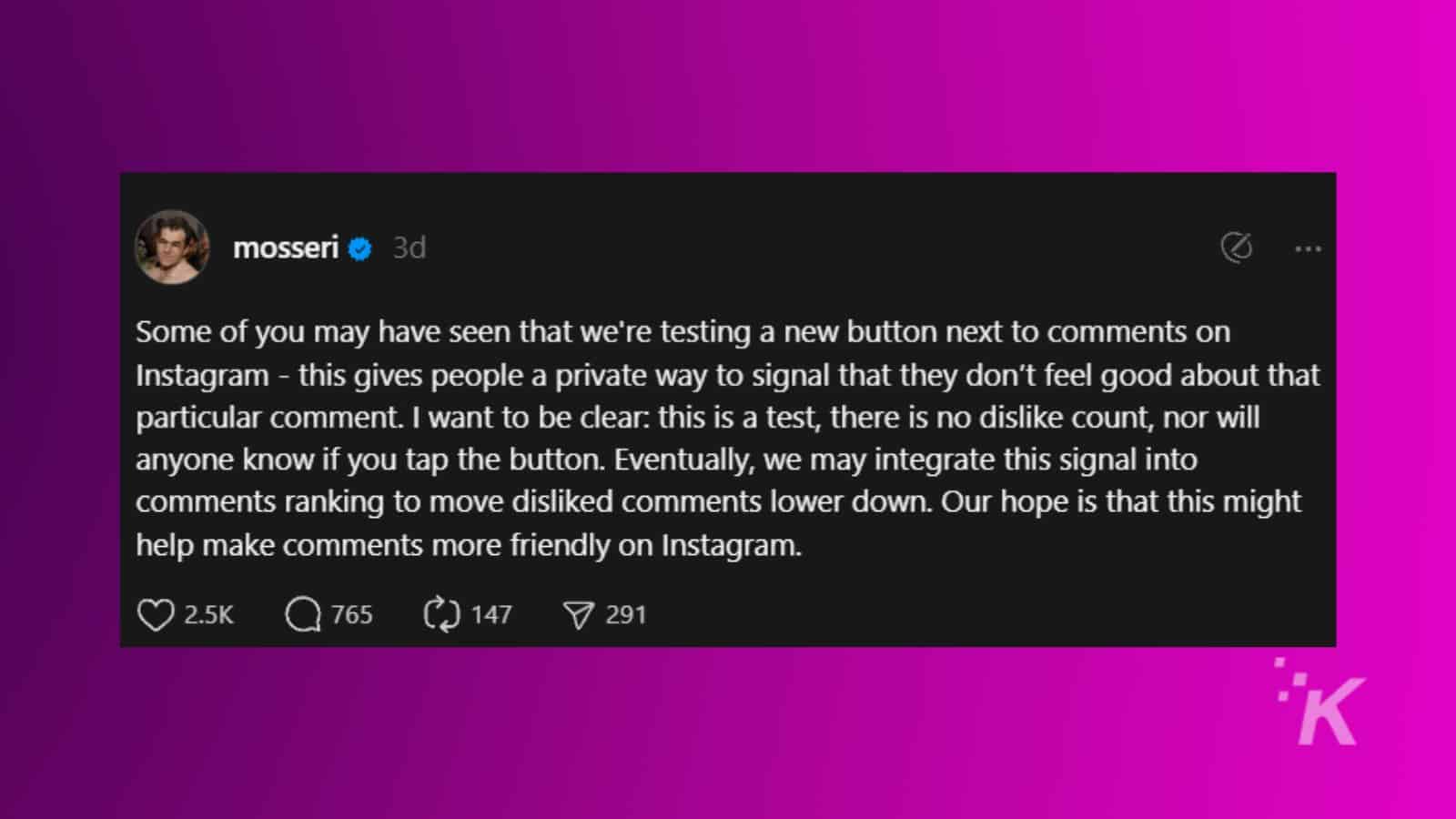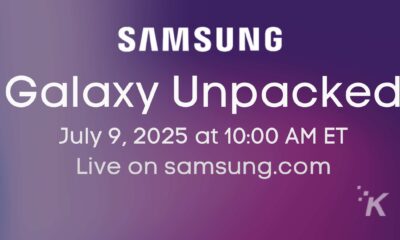News
Instagram is testing a hidden dislike button for comments
Users who dislike a comment will not see a count.

Just a heads up, if you buy something through our links, we may get a small share of the sale. It’s one of the ways we keep the lights on here. Click here for more.
Instagram is currently testing a dislike button for comments, following in the footsteps of YouTube’s controversial decision to remove public dislike counts in 2021.
However, this removal negatively impacted user experience, as viewers lost a quick way to judge a video’s quality based on community feedback.
Now, Instagram is exploring a similar feature, though with key differences in implementation.
Unlike YouTube’s public-facing dislike count, Instagram’s dislike button for comments will remain entirely hidden from users.
Instagram is testing a dislike button for comments

According to Instagram head Adam Mosseri, users who dislike a comment will not see a count, and only Instagram itself will have access to this data.
“Some of you may have seen that we’re testing a new button next to comments on Instagram – this gives people a private way to signal that they don’t feel good about that particular comment, writes Mosseri in a Threads post. “I want to be clear: this is a test, there is no dislike count, nor will anyone know if you tap the button. Eventually, we may integrate this signal into comments ranking to move disliked comments lower down. Our hope is that this might help make comments more friendly on Instagram.”
The company seems to be taking an approach reminiscent of Reddit’s upvote/downvote system, with potential plans to use dislike data to rank comments.
However, the lack of transparency raises concerns that Instagram is merely replacing one problematic system with another, one that could lead to unintended consequences such as creating echo chambers or distorting engagement dynamics.
At present, Instagram is not using dislike data for any ranking purposes, meaning the order of comments remains unchanged.
However, the possibility of algorithmically adjusting comment visibility based on hidden dislikes suggests a shift away from community-driven fact-checking.
For example: If Instagram uses likes and dislikes to control what users see, it could face problems like other social media platforms. Users might try to game the system to get more attention, which would create fake popularity instead of real conversations.
The feature remains in testing for now, but the direction Instagram is taking raises concerns.
If community fact-checking was abandoned due to unreliability, it is unclear why a hidden dislike system would be expected to function any better.
If implemented poorly, Meta’s approach may once again demonstrate the pitfalls of engagement-based moderation, where transparency and free speech are sacrificed in favor of algorithmic control.
What are your thoughts on Instagram’s hidden dislike button experiment? Do you think private dislikes will lead to better comment sections, or could it create new problems with content visibility? Let us know down below in the comments.






























